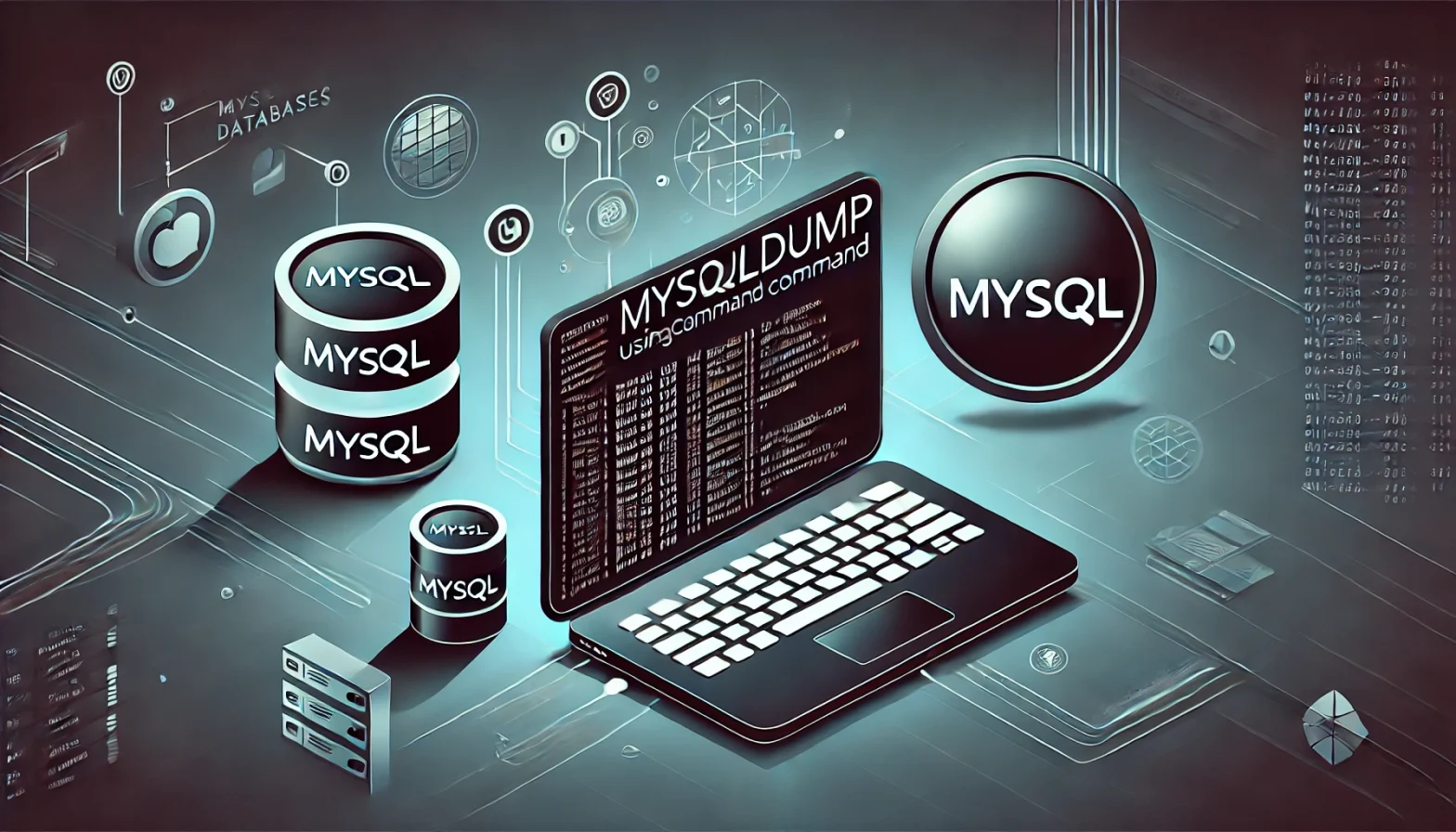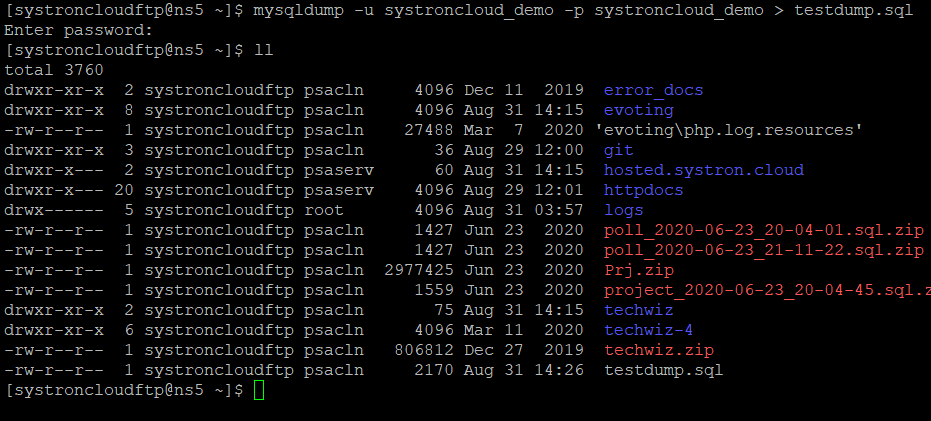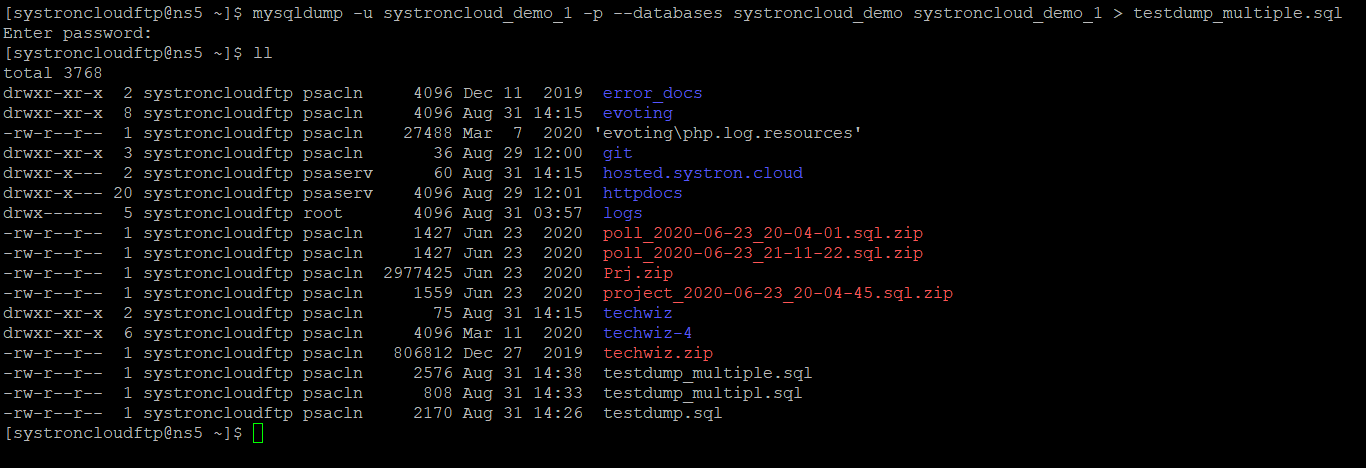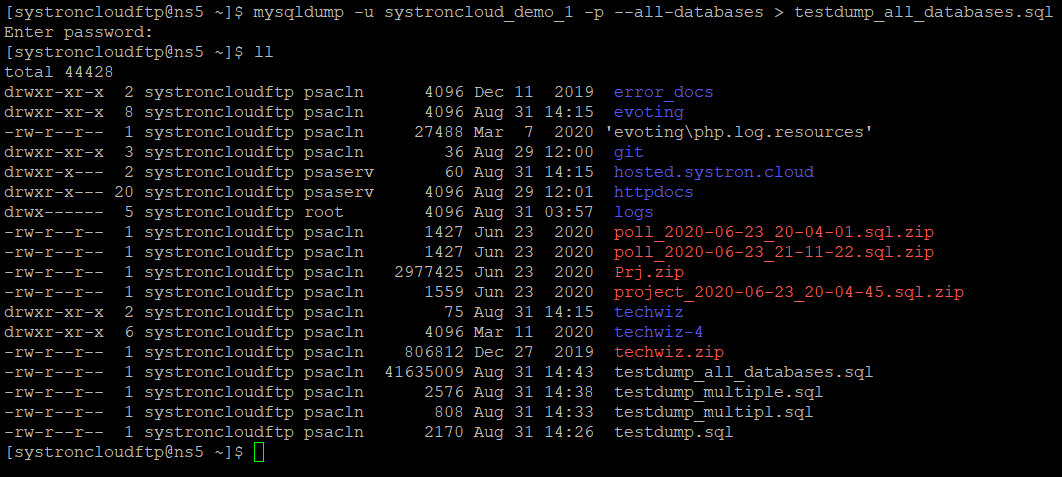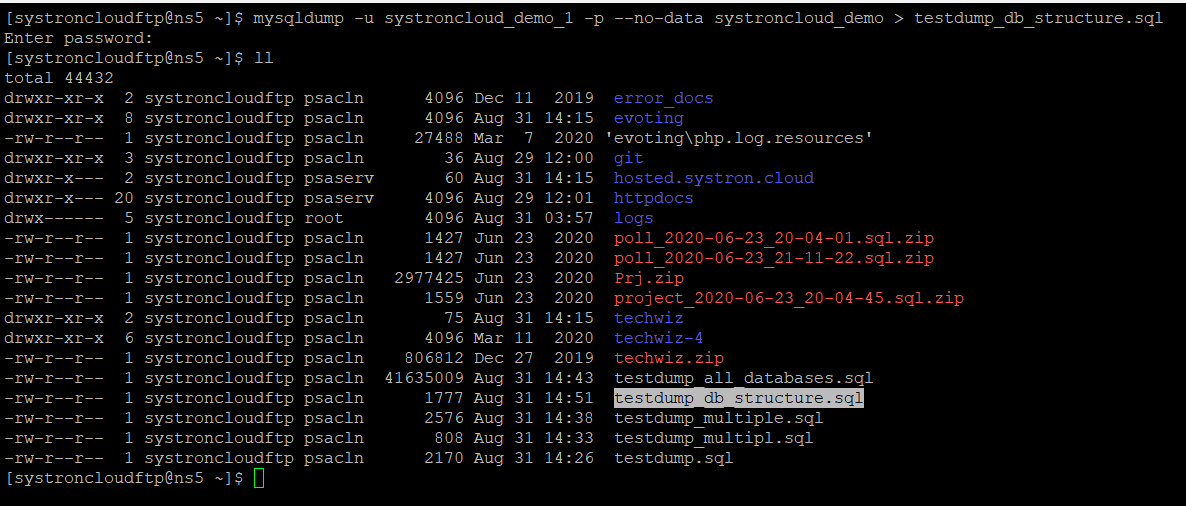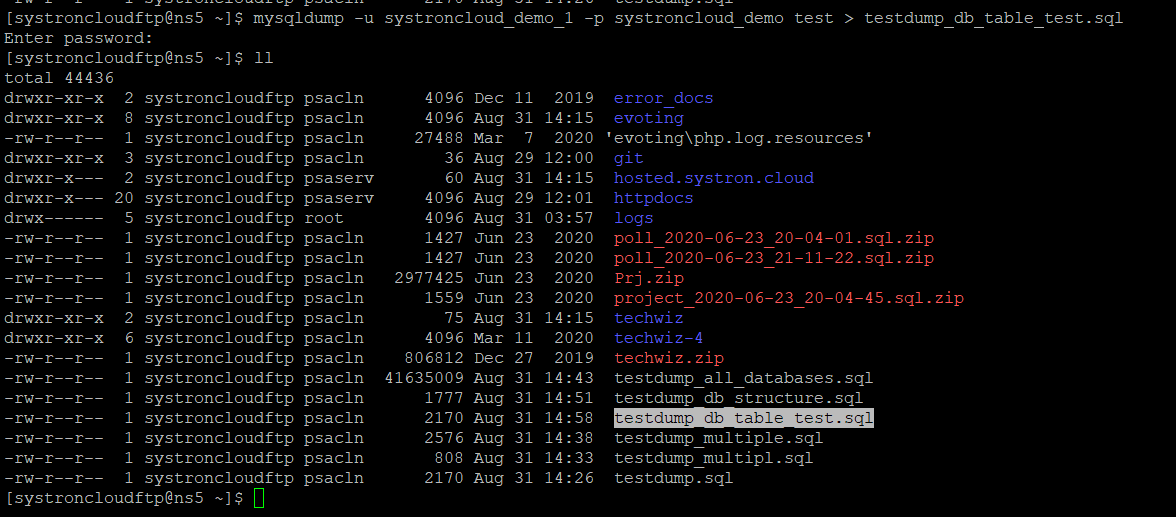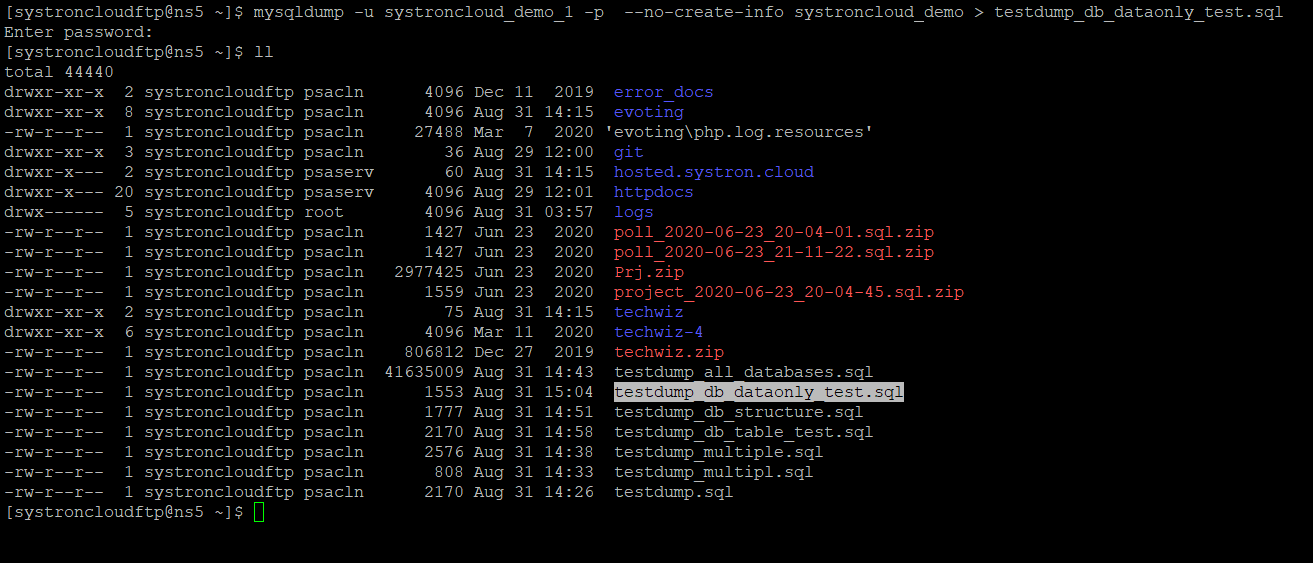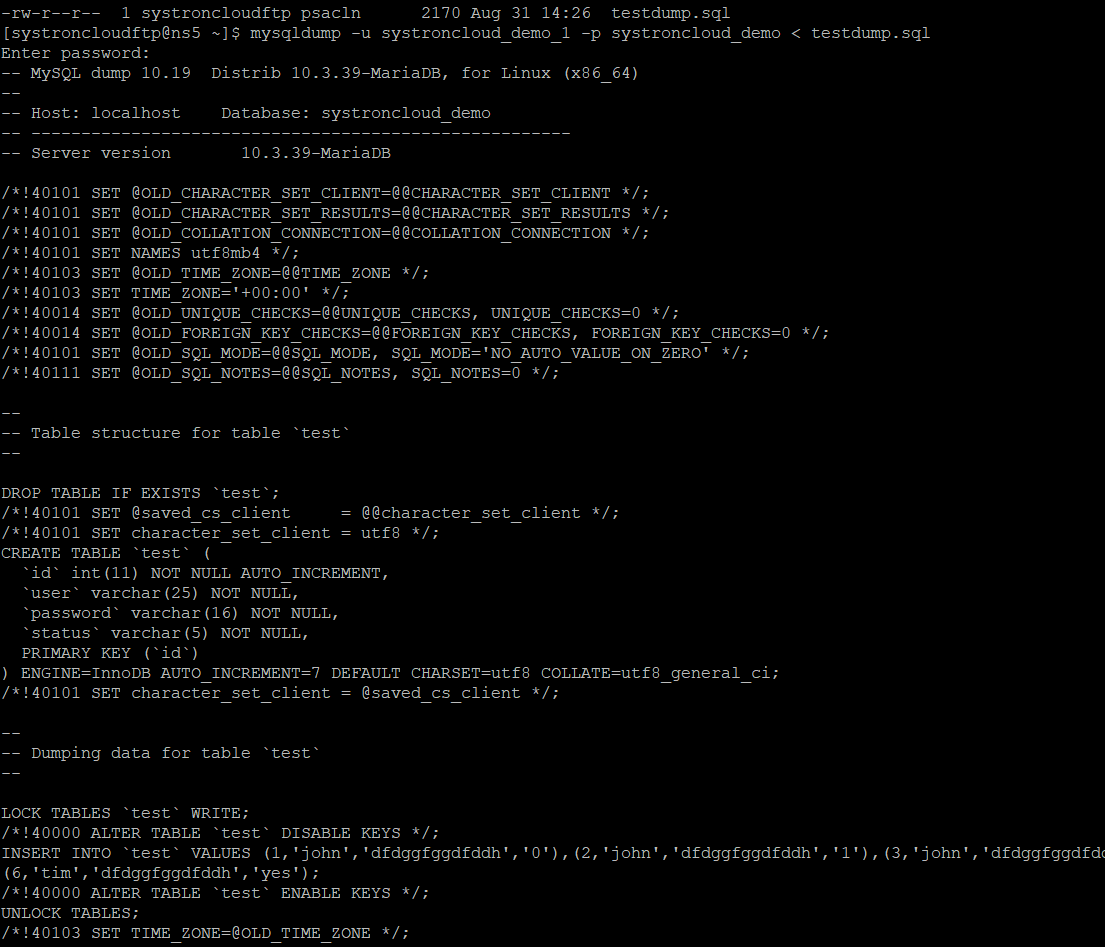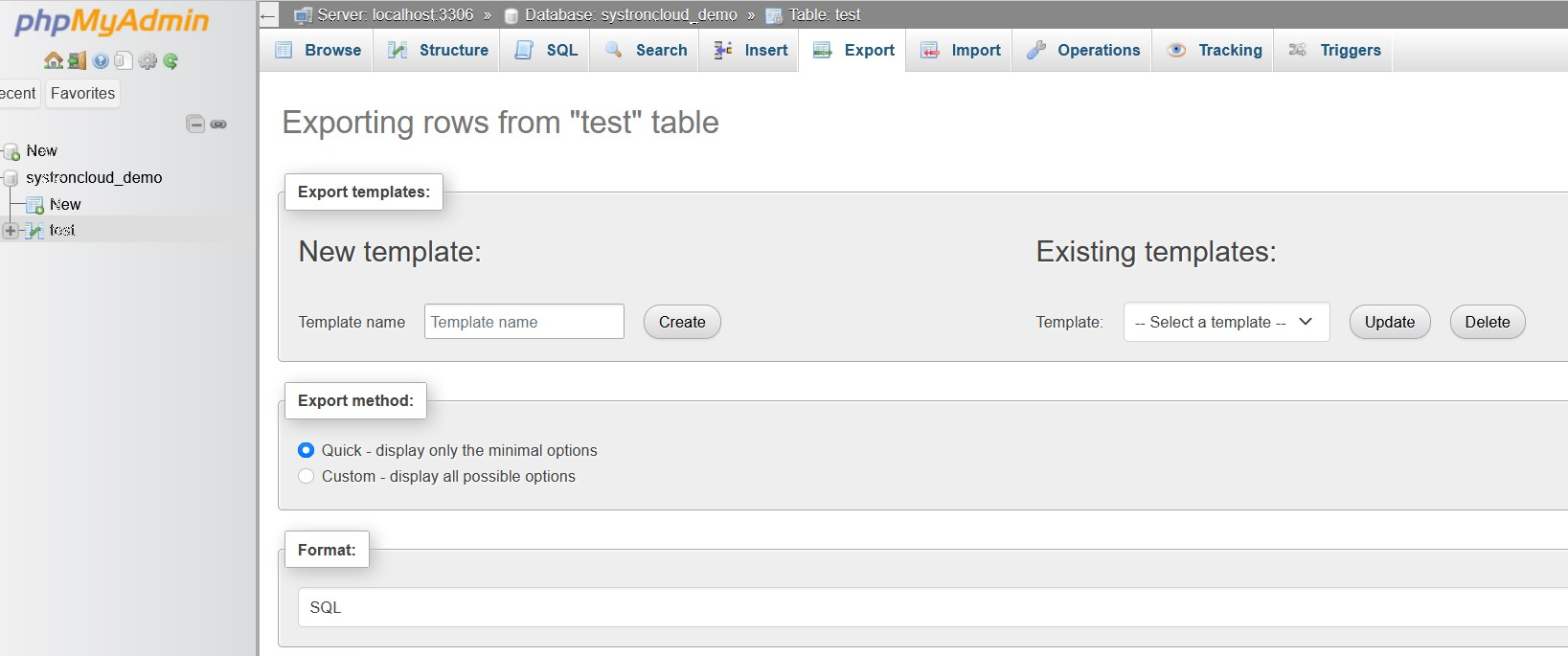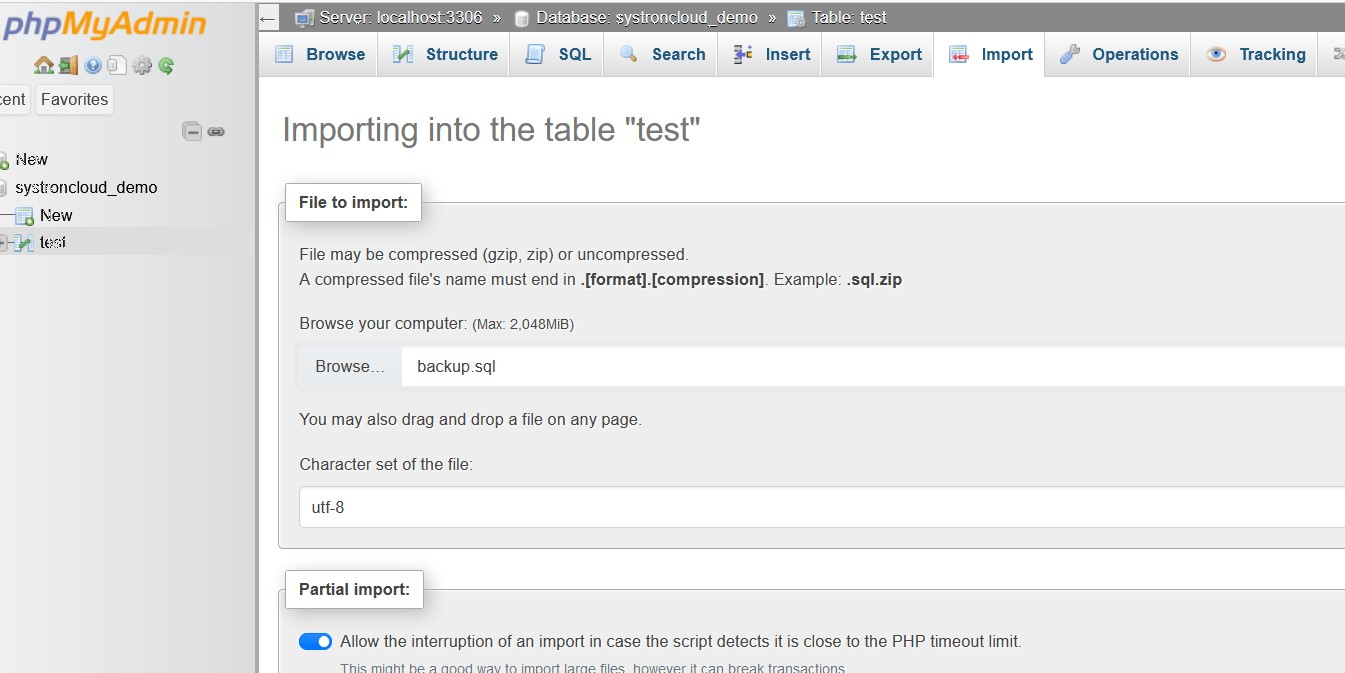What is Secure Access Service Edge (SASE)?
In today’s rapidly evolving digital landscape, enterprises are increasingly relying on cloud technologies, remote workforces, and global networks. This shift has given rise to the need for a modern security framework that can address the unique challenges of a decentralized network. Enter Secure Access Service Edge (SASE), a cloud-based security architecture that merges network and security functions into a unified platform.
Understanding SASE
SASE (pronounced “sassy”) was coined by Gartner in 2019 and represents a transformation in how enterprises handle secure network access. Traditionally, businesses relied on a centralized data center for managing network security. However, with more applications being hosted in the cloud and employees working remotely, SASE allows for direct-to-cloud connections while ensuring robust security controls are in place. It combines several critical functions, including Software-Defined Wide Area Networking (SD-WAN) and cloud-delivered security services like Secure Web Gateway (SWG), Cloud Access Security Broker (CASB), Zero Trust Network Access (ZTNA), and Firewall-as-a-Service (FWaaS).
Requirements for Implementing SASE
To effectively implement a SASE architecture, organizations need to consider the following:
- Cloud-native Infrastructure: SASE operates as a cloud-based platform, so a cloud-native approach is essential for scalability and flexibility.
- Edge Computing: Edge computing capabilities allow for lower latency and faster response times by processing data closer to the user or device.
- Zero Trust Network Access (ZTNA): Authentication and security policies must be established that assume no user, device, or application should be trusted by default.
- Integrated Security Services: SASE consolidates SD-WAN, SWG, CASB, ZTNA, and FWaaS into a unified framework.
- Global Network: SASE requires a distributed, global network to ensure fast and secure access across diverse geographic locations.
- Automation and Analytics: Real-time monitoring, analytics, and automated threat detection are vital for ensuring security in a dynamic network environment.
Key Components of SASE
The core elements that make up the SASE framework include:
- SD-WAN: Provides optimized and reliable connectivity between users, applications, and cloud services by routing traffic over multiple network links.
- Zero Trust Network Access (ZTNA): Enforces strict identity verification for each user or device before granting access to resources.
- Firewall as a Service (FWaaS): Cloud-delivered firewall services that protect against network threats and attacks.
- Cloud Access Security Broker (CASB): Monitors and controls access to cloud-based applications, ensuring secure usage and compliance.
- Secure Web Gateway (SWG): Protects users from online threats by filtering and monitoring web traffic.
The Importance of SASE for Enterprise Networks
SASE is particularly important for enterprises that rely heavily on cloud infrastructure and remote work. It simplifies network management by eliminating the need for multiple on-premises security devices and provides a more flexible, scalable solution for securing cloud environments. Additionally, SASE helps organizations reduce latency, improve performance, and enhance security by using a unified architecture that adapts to modern networking needs.
Benefits of SASE
SASE offers several key benefits for enterprises:
- Cost Efficiency: By consolidating multiple security solutions into one cloud-based platform, organizations reduce costs associated with hardware, software, and maintenance.
- Scalability: SASE allows businesses to scale their network and security services according to demand, providing a flexible and future-proof solution.
- Improved Performance: Direct-to-cloud connectivity reduces latency, improves application performance, and enhances the user experience.
- Enhanced Security: With Zero Trust policies, integrated threat protection, and real-time monitoring, SASE provides robust protection against both internal and external threats.
- Agility: SASE adapts to changing business environments, enabling quick deployment of security policies across dispersed networks.
Challenges in Implementing SASE
Despite its benefits, there are some challenges associated with implementing SASE:
- Complexity: Transitioning from legacy systems to SASE can be complex and requires significant planning and coordination.
- Integration with Existing Systems: Integrating SASE with existing security tools, applications, and network configurations can be difficult for some enterprises.
- Cost of Initial Implementation: While SASE is cost-effective in the long run, initial setup and migration can require a significant investment.
- Skills Gap: Enterprises may need to train their IT teams to understand and manage SASE effectively, which could pose a challenge for some organizations.
Risks and Threats Associated with SASE
While SASE strengthens security, it still faces certain risks and threats:
- Cloud Dependence: A major reliance on cloud infrastructure increases the risk if the cloud provider experiences an outage or a security breach.
- Configuration Errors: Misconfigurations in SASE setup could lead to potential security gaps, making the network vulnerable to attacks.
- Insider Threats: Zero Trust policies help mitigate insider threats, but risks still exist from authorized users who could exploit their access privileges.
- Data Privacy Concerns: As SASE consolidates network and security data, ensuring the privacy of sensitive data becomes a primary concern.
Conclusion
Secure Access Service Edge (SASE) is a transformative solution for enterprises seeking to modernize their security and network architectures. It provides a cloud-native, scalable, and flexible framework that integrates multiple security services, reducing complexity and cost. While SASE offers numerous benefits, businesses must carefully plan their implementation to overcome potential challenges and risks. In an increasingly cloud-driven world, SASE is crucial for organizations aiming to stay ahead in terms of security, performance, and scalability. For your Corporate SASE needs contact our Security Expert, Open a Support Ticket.

